Known as the father of radio and inventor of the telegraph, Guglielmo Marconi had ten heart attacks after he began working with electricity. Marconi was 63 when his tenth and final heart attack killed him.
As soon as he began experimenting with radio equipment in 1896, Marconi, who was 22 years old at the time, began to have chills and fevers so severe his doctors thought he had malaria. He would often collapse completely from fatigue and pains in the chest, and was eventually diagnosed with heart disease.
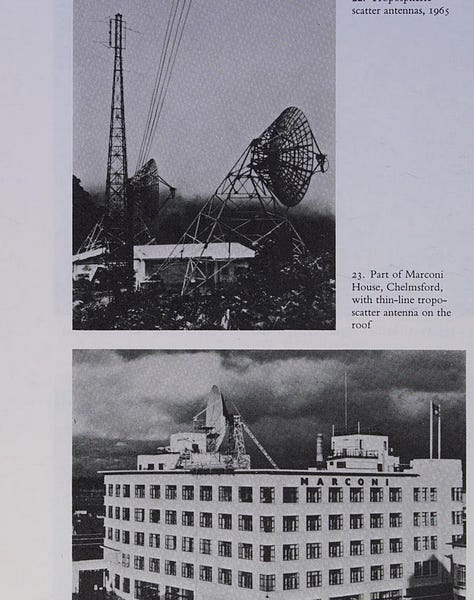
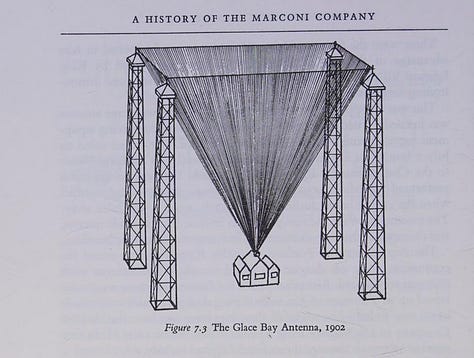
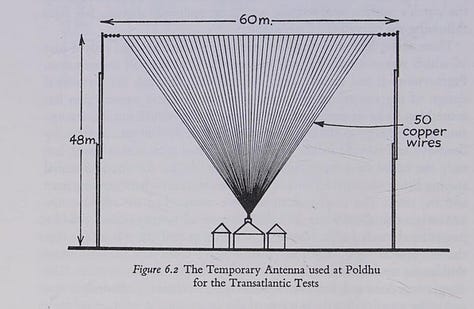
Marconi had erected radio towers as tall as a 12-story building, which would ultimately become the world’s first permanent radio station.
If you lived in 1850, you were as likely to have died from a heart attack as you were from accidentally drowning. Heart disease was the 25th cause of death in the US.
Heart disease affected mainly older populations in rural areas, as farmers enjoyed longer lives than city-dwellers in those days.1
Today the story has changed. Heart disease is one of the top killers of young people.
If you’re in your forties and live in the US, you have as great a chance of having heart disease today as a seventy-year-old in 1970.2
Mortality from heart disease for Americans in their twenties rose by an astonishing one-third between 1999 and 2006.3
How did we get to be so sick?
Weren’t statins and the low-fat diet supposed to help?
The Cholesterol Myth
Myths aren’t always outright lies, but are often the stories we tell ourselves as a society. Even though there are kernels of truth in these stories, as
likes to say: a half-truth always leads to a full lie.Much of the cholesterol myth originates with the work of Ancel Keys, an American physiology professor who went to Europe in search of the root of heart disease.
Keys went to Italy right after World War II, when much of the European population was under tremendous environmental stress. He noticed that residents of Naples dined primarily on pasta, cheese, while a small class of rich people ate mostly meat.
He compiled data from six countries with high rates of heart disease and diets high in saturated fats.4 This led Keys to deduce that avoiding meat resulted in a lower probability of heart attacks, and he ignored the prevalance of cheese (a saturated fat).
Keys noticed that men in America, who ate a diet high in saturated fat, died from cardiovascular disease at a much higher rate than men in Japan, who ate very little saturated fat.
However these half-truths skewed the evidence. The Japanese ate far less sugar and processed foods than Americans, and ate considerably less food in general. Keys also did not include France in his study, who consumed a very high amount of saturated fat but had a low amount of cardiovascular deaths. Instead Keys would go on to name this statisical outlier “the French Paradox.”
In the 1960s, the American medical community began to advise people to stop consuming the butter and lard they’d been eating for centuries, and turning the population onto bread, pasta, margarine, along with vegetable oil, which is often highly-processed and can turn rancid, since it’s not stable at room temperature.
Danish physician Uffe Ravnskov sheds light on this controversy in his book The Cholesterol Myth (2000). Dr. Ravnskov shows how people are not having more heart attacks today because they’re eating more animal fats than our ancestors.
Cholesterol, as it turns out, proves to be a red herring. The earlier studies Ravnskov cites (completed before 1950) show that cholesterol was not related to heart disease. In many cases, having higher levels of cholesterol pre-1950 meant you’d probably live longer than the rest of the population.
Many studies conducted after 1950 began to show just the opposite, and have correlated higher levels of cholesterol with an increased risk of death from heart attacks. The Framingham Heart Study5 came out in 1961, the same year that the American Heart Association (AHA) issued a report telling people with a high risk of heart disease to cut down on saturated fat.
(Note: Proctor & Gamble, the makers of Crisco, a substitute for lard, donated 1.7 million to the AHA in 1948, the same year the AHA became a prominent organization in US politics.)6
Do statins help prevent heart disease?
The modern cholesterol-lowering drugs, the statins, do help prevent cardiovascular disease, but the effect is extremely small. Unfortunately, statins also stimulate cancer, disturb muscle-function, affect the heart and the brain, and pregnant women taking statins may give birth to children with malformations.7
You can find a copy of the study linking to the above-mentioned effects of taking statins, and how these side effects are misleadingly reported in the Adverse Events System of the FDA here.
From Dr. Ravnskov’s book of studies The Cholesterol Myth :
In a review of 37 statin trials, the benefit is miniscule. In a few of the experiments, cardiovascular or total mortality was even highest in the treatment groups, although not with statistical significance.
To “improve” the results from the statin trials, the authors have even misused statistics. If two patients die in a control group of 100 individuals, but only one in the treatment group, the benefit is of course only one percent. No, no, the the statin supporters may say, the benefit is 50%, because one is 50% of two.
Heart attacks in zoo animals
A study of over 13,000 autopsies of animals that had died at the Philadelphia zoo recorded the first heart attacks of zoo animals in 1955.
In 1945, heart disease did not exist in the zoo.
By 1963, over 90% of all mammals and 72% of all birds that died in the zoo had heart disease. The diet of the animals had remained the same between 1935-1964.8
What was the pivotal global event that occurred in the mid 1900s, the point at which studies on cholesterol began to differ from one another?
The Radiation of World War II
Even though the war officially ended with the dropping of a nuclear bomb, this was only the start of the global radiation to come.
As World War II began, hundreds of thousands of people were now being subject to radiofrequency (RF) radiation. The entire population, and not just the military, were being exposed at unprecendented levels of RF radiation. The war had spawned a plethora of new industries that were using radiowaves in television and radio broadcasting, heating, navigation, as well as “radar ranges” for the home.
Radar technicians often would complain of headaches, fatigue, chest and eye pain, and were sent for a quick medical exam and ordered back to work when nothing dramatic showed up on their blood work.9
The majority of these employees worked at Lockheed and were exposed to radar intensities of 3.9 milliwatts per square centimeter- a level that is almost four times the legal limit for exposure of the general public in the US today.
When more and more American troops began to report sick because of heart symptoms, President Roosevelt created a Committee of Medical research to investigate. In 1941, Mandel Cohen, a Professor at Harvard Medical School, was put in the lead of this investigation along with a team of researchers. Their 150-page report and body of work has long been forgotten, and it is thanks to scientist
who describes their studies in his groundbreaking work The Invisible Rainbow, that this information lives on.Dr. Cohen and his team took the complaints of chest pain by these soldiers very seriously, and did not discount them as being symptoms of anxiety, or “low moral fiber”, as these troops were often told they had. Anxiety was a term invented by Freud, and was a physical, not a mental, manifestation of illness. Coincidentally, Freud had coined the term anxiety nervosa as the Industrial Revolution and electrification of the planet with thousands of miles of telegraph wire was in full swing. You can read more about the true origins of anxiety in my previous post here:
Most patients studied by Cohen’s team were found to be hypersensitive to electricity, as they pulled their hands away from even low-level electric shocks. Patients were asked to run on a treadmill for three minutes, and could only run for a minute and a half. Their heart rate after walking a treadmill for fifteen minutes was found to be excessively fast, and their oxygen consumption during exercise was abnormally low. They were found to use less oxygen than a normal person, even when they breathed the same amount of air.
The researchers concluded that the patients had suffered from a defect of metabolism. The engines of our metabolism are our mitochondria, and require oxygen in sufficient levels to perform their function.
The Soviets performed research in the 1950s, 60s, and 70s that was in agreement with Cohen’s team, and concluded the symptoms of heart disease stemmed from a defect in metabolism. Working in Kiev and Kharkov (modern day Ukraine), Dumanskiy, Shandala, Kolodub, and Kiselev proved that the activity of the electron transport chain- the mitochondrial enzymes that extract energy from our food- is diminished in animals that are exposed to radio waves and magnetic fields from ordinary electric power lines.10
Ultimately what the work of Dr. Cohen and Soviet researchers proved was that the “soldier’s heart”, often described as lacking oxygen, came to be not due to a deficiency in the lungs, but in the cells. Blocked arteries were not the cause of these soldiers’ hearts craving and gulping air. Their cells could not efficiently use the air they were breathing. The misuse of oxygen then led the mitochondria, the engines of our metabolism, to struggle in breaking down fats, carbohydrates, and proteins:
“Unburned fats, together with the cholesterol that transported those fats in the blood, were being deposited on the walls of arteries. Humans and animals were not able to push their hearts quite as far as before without showing signs of stress and disease. This takes its clearest toll on the body when it is pushed to its limits, in athletes and in soldiers during war.”
-Arthur Firstenberg, The Invisible Rainbow
Did cholesterol lead to heart disease?
Yes, but only due to the fact that cholesterol itself could no longer be metabolized in these patients. Otherwise, having high levels of cholesterol before the 1950s were shown to extend life, rather than lead to an early death.
Do Farmers Get More Heart Attacks?
In the 1940s, the Roosevelt administration made it a national priority to electrify all rural communities in the US.
In the beginning of the article I mentioned how heart disease mainly affected older populations in rural areas. In the mid 1800s, heart disease ranked as the 25th cause of death in the US.
Studies conducted by epidemiologists such as Samuel Milham, M.D., revealed that during the 1940s, not only cancer, diabetes, but heart disease was directly related to residential electrification. Rural communities had very little heart disease until they were subject to this electrification.
In 1940 people in the country began to suddenly die from heart disease at five times the rate as those who lived away from electricity.11

The graph above shows that the amount of rural heart disease was in direct proportion to the number of electrified rural homes in those states.
Where do we go from here?
Knowledge is power, but knowledge is often terrifying as well. Applying this knowledge takes us out of fear, and into the light of transcedance. I personally practice an ancestral, less-is-more approach of regenerative medicine.
Sleep, sunlight, fasting, and the power of our mind are often underappreciated.
I don’t have to tell you that we’re in the midst of a true pandemic of heart disease, cancer, diabetes, neurodegeneration, and iatrogenic injury.12 Athletes and young people, as well as old, are dying suddenly, and many deaths go in the black hole of “unexplained.”
When someone dies, we often go into denial, followed by an anger where we look for someone to blame. I know how this feels.
When my 39 year-old mother died from cancer, I was looking for someone to attack. I was mad at the medical establishment, and rightfully so, as some doctors treated her as a person who was already passed her point of healing.
However each of us is responsible for our bodies and minds alone. We each hold the key to our environment. My family and mother could have gotten many second opinions from healers and doctors, but they chose not to do so.
We can blame those “in power”, yet we are the ones with the power. I can rail against the harms of RF from cell phones, and many friends have told me that “it’s the cell towers” that are the problem. Yes, however those towers wouldn’t be there if we weren’t on our phones, constantly consuming what we profess to hate.
This is why I do all of my work from a hardwired desktop, and even have a landline.
Full disclosure: I do have a cell phone, but keep it in a tin faraday cage for emergencies only, and it’s also hardwired and shared between my wife and myself.
Life doesn’t have to be an all-or-nothing proposition, but a slow advance on a chess board toward collective victory.
I envision a Golden Age using the pervasive, rather than invasive, technology we have all have at our minds’ disposal.
We’ll only get there by sacrificing our pawns in the form of apps, instant gratification, and delaying the onslaught of artifcial intelligence.
We’ll manifest one original “ungoogled” thought at a time, gradually, until we lived, suddenly eaching the shores of a tranquil past, the calm after our human heart’s unbridled storm.
You are more powerful than you know,
Roman
We’re creating a course on EMF Basics & Ancestral Health
How can we measure EMFs in our environment?
What are other sources of electricity we may have forgotten about, like piping in our homes?
What are some other ways we can nourish the DC electric field of our body?
I’ll be covering these types of specifics, along with practical steps we can take to reduce EMFs in our daily lives, in the Wireless Health & Safety course I’m creating.
Want to take proactive steps in your health? Check out:
This 5 Part Series on How to Heal EMF Radiation Damage
Firstenberg, A. (2020). The Invisible Rainbow. pp. 193-194
Cutler et al. 1997.
National Center for Health Statistics 1999, 2006.
A. Keys, “Atherosclerosis: A Problem in Newer Public Health,” Journal of Mt. Sinai Hospital, New York, (1953): 134.
H.M. Marvin, 1924-1964: The 40 Year War on Heart Disease (New York: American Heart Associatioin, 1964).
Ratcliffe et al. 1960 p. 737
Daily 1943; Barron et al. 1955; McLaughlin 1962.
Chernysheva and Kolodub 1976.
Firstenberg, A. (2020). The Invisible Rainbow. p.165
Null, et al, 2003.


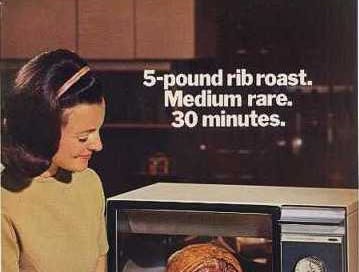

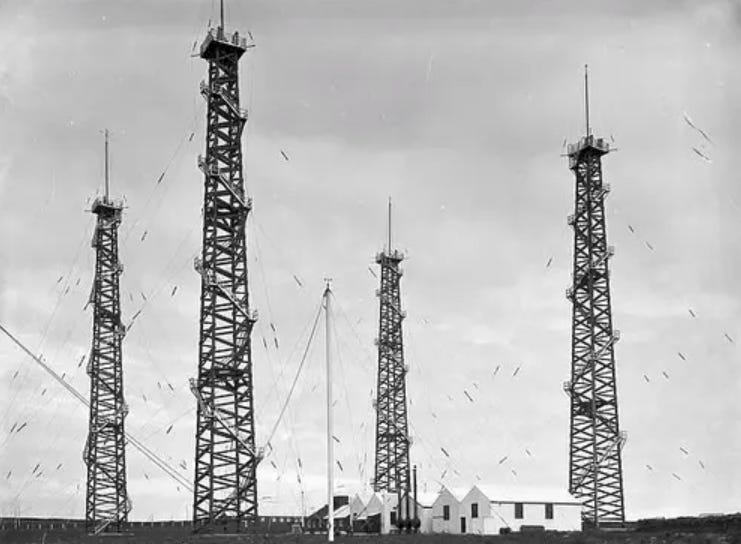
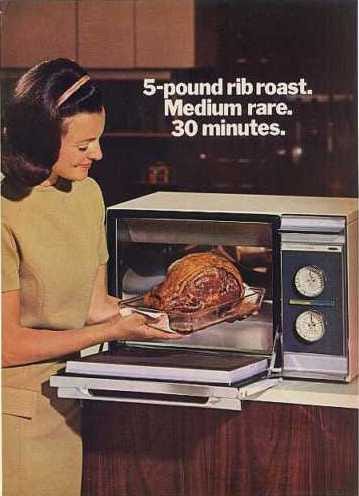

This is so interesting. Especially about electricity. I wrote about this, too, but from a different perspective. There are so many ways electricity hinders rather than helps us. Even just the fact that we can no longer see the night sky. All the beautiful stories various cultures built around the night sky and they are disappearing. The magic and the mystery is gone. Imagine what it will be like when Elon Musk blankets the entire earth with Starlink and every person is hooked up to the internet. And then the ads that will be beamed from space. So much to look forward to!
Wow, really interesting article!
We are constantly bombarded with radio and microwave frequencies. Most people have no idea just how much.
Radio Frequency Climate Manipulation Amounts To Weather Warfare
https://www.geoengineeringwatch.org/radio-frequency-climate-manipulation-amounts-to-weather-warfare/
WHO/WHAT Is In Our Skies, Proof: NEXRAD/HAARP Storm Dispersal Chemtrails Weather Control Radar
https://www.youtube.com/watch?v=YZTJshRcpSE